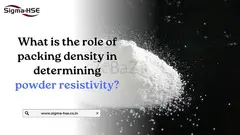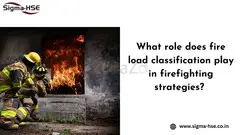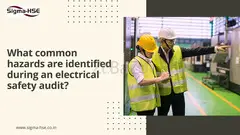Description
Gas and dust hazardous classifications differ mainly in the types of combustible materials and their ignition characteristics. Gas classification applies to areas with flammable gases, such as methane and propane, categorized into Zone 0, Zone 1, and Zone 2 based on the likelihood of gas presence. In contrast, dust classification pertains to combustible dusts like coal and grain, divided into Zone 20, Zone 21, and Zone 22. Gases require lower ignition energy than dust, which needs higher energy levels due to the need for the right concentration and oxygen. While gases often accumulate in confined spaces, dust is typically found in processing industries, posing risks when disturbed. Equipment standards also differ: gas-related equipment must prevent sparks, while dust-related equipment should minimize heat and dust buildup. Both classifications follow specific regulations, such as ATEX and IECEx, tailored to their unique hazards. If you want to know more about hazardous area classification, then join with us.
https://www.sigma-hse.co.in/hazardous-area-classification
































